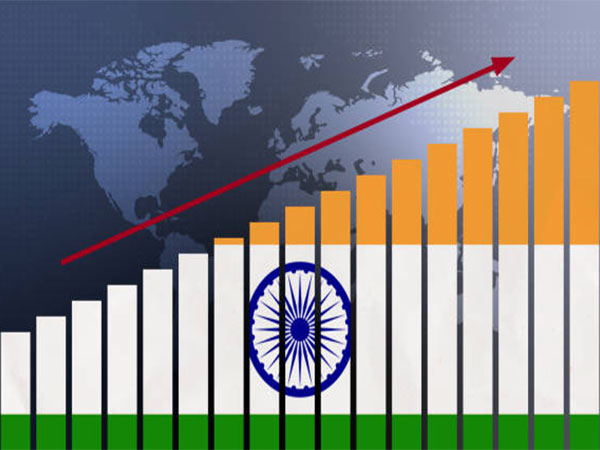
New Delhi: India's online retail sector is on track for an uptick in growth, rising from USD 75 billion in 2024 to $260 billion by 2030. According to a new FICCI-Deloitte report, this surge will double e-commerce's share in overall retail from 7 per cent to 14 per cent, reshaping the way Indians shop.
The transformation is being fuelled by rapid digital adoption, deeper internet penetration and the rising influence of younger consumers. Gen Z, known for its digital-first habits and evolving preferences, will account for 43 per cent of India's total consumption in 2025, commanding a direct spending power of USD 250 billion, the report said.
In fashion alone, Gen Z is expected to drive nearly half the demand, while also leading spending in personal care and footwear, it said.
As per the report, a notable shift is the dominance of Tier II and III cities, which now contribute over 60 per cent of all e-commerce transactions in India. Affordable smartphones, widespread connectivity and low-cost data plans have widened the digital consumer base.
By early 2025, India recorded 1.12 billion active mobile connections, translating to over three-quarters of the population, alongside 806 million internet users.
Quick commerce has emerged as one of the most dynamic forces in this landscape. The segment has already expanded to more than 80 cities, including smaller hubs such as Bhopal, Mangalore and Thrissur. Growing at 70-80 per cent annually, it is the fastest-growing quick commerce market globally.
About 10 per cent of e-commerce users have adopted this model, reflecting a behavioural shift toward instant convenience.
Within categories, the grocery segment is expected to grow steadily at 8 per cent annually between 2024 and 2028, driven by increasing demand for convenience.
Fashion, meanwhile, is seeing accelerated growth with the rise of premium offerings and the popularity of fast fashion among Gen Z and millennials.
The fastest expansion is expected in electronic appliances, projected to grow at a 14 per cent CAGR, buoyed by rising incomes, rapid urbanisation and an expanding middle class, it said.
The report also highlights the broader demographic changes underpinning this retail evolution. India's middle-income population, growing at 6.3 per cent annually, is projected to make up 60 per cent of the country by 2047. This segment is spending more on discretionary items such as electronics, fashion and beauty, providing momentum to organised retail and online platforms.
While traditional retail still dominates with a 93 per cent market share in 2024, its contribution is projected to shrink to 86 per cent by 2030 as digital platforms scale up.
India's overall retail market, currently valued at USD 1,065 billion, is expected to touch USD 1,930 billion by the end of this decade, reflecting a 10 per cent compound annual growth rate (CAGR).